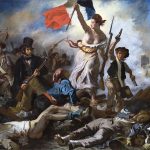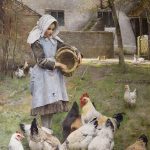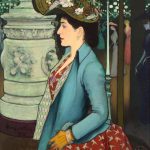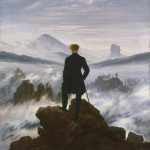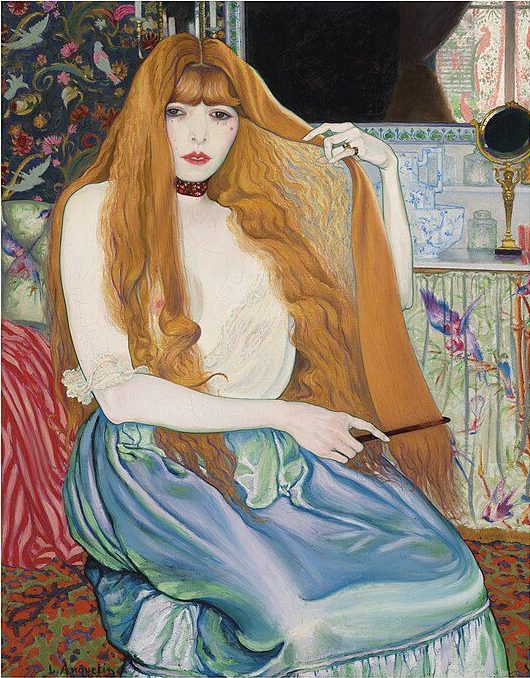
Louis Anquetin was a French painter whose contributions to the art world during the late 19th century were overshadowed by the meteoric rise of his contemporaries, such as Vincent van Gogh, Henri de Toulouse-Lautrec, and Paul Gauguin. A versatile and experimental artist, Anquetin played a crucial role in the development of Cloisonnism—a precursor to the Symbolist movement—but his eclecticism and divergence from popular trends caused his work to fade from the spotlight as the avant-garde movement gained momentum. Despite this, his artistic achievements and intellectual curiosity left a lasting impact on the art world, and his contributions to the evolution of modern painting are still studied by scholars and art enthusiasts today.
Early Life and Education
Louis Anquetin was born on January 26, 1861, in Étrépagny, a small town in the Eure department of northern France. He was the son of a prosperous butcher and grew up in a comfortable, bourgeois environment. His family moved to the city of Rouen when he was still young, which is where his exposure to art began. Although his early life is not well-documented, it is clear that Anquetin had a strong interest in the arts from a young age. His parents, recognizing his talent, supported his desire to pursue formal training as an artist.
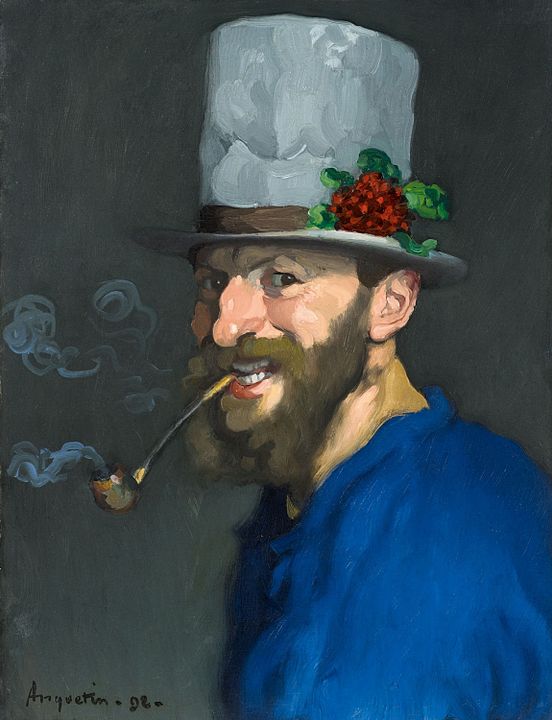
In 1882, Anquetin moved to Paris to attend the prestigious École des Beaux-Arts, where he initially studied under Léon Bonnat, a well-known academic painter. However, it was in the private studio of Fernand Cormon, a more progressive and experimental artist, where Anquetin’s artistic potential began to flourish. Cormon’s studio was a hotbed for emerging artists at the time, and it was here that Anquetin formed relationships with some of the most influential figures in modern art, including Toulouse-Lautrec, Émile Bernard, and Vincent van Gogh.
Artistic Development and Cloisonnism
During the 1880s, Paris was the epicenter of the burgeoning modern art movement. The city was alive with revolutionary ideas about color, form, and composition, with artists exploring new ways to represent the world around them. Anquetin quickly found himself at the forefront of these developments, becoming deeply involved in the avant-garde scene. Early in his career, he was influenced by the work of the Impressionists, particularly their focus on light and color, but he soon began to search for his own unique style.
It was during this period that Anquetin, along with his close friend Émile Bernard, developed what would become known as “Cloisonnism.” Inspired by Japanese prints (which were highly fashionable at the time due to the Japonisme craze sweeping through Europe), as well as medieval stained glass, Cloisonnism was characterized by bold, flat areas of color separated by thick, dark outlines. This technique gave paintings a distinctive, decorative quality, emphasizing the two-dimensional nature of the canvas rather than attempting to create the illusion of depth.
One of Anquetin’s most famous works from this period is Avenue de Clichy (1887), which perfectly exemplifies the Cloisonnist style. The painting depicts a bustling Parisian street at night, with bright electric lights casting an eerie glow over the scene. The flattened forms and strong outlines, combined with the unusual use of color, create a dreamlike, almost surreal atmosphere. Avenue de Clichy was highly praised by critics and marked Anquetin as one of the leading innovators of his time.
Cloisonnism would go on to influence a number of other artists, including Paul Gauguin and the Nabis group. In fact, Gauguin is often credited with popularizing the style, although it was Anquetin and Bernard who pioneered it. Despite its significance, Cloisonnism was short-lived, and Anquetin himself soon moved on to explore other artistic avenues.
Friendship with Vincent van Gogh
Anquetin’s friendship with Vincent van Gogh is an important chapter in both their lives. They met while studying in Cormon’s studio, and the two became fast friends, sharing a mutual respect for each other’s work. Van Gogh, who was always eager to discuss artistic theory and technique, was intrigued by Anquetin’s experimentation with Cloisonnism and the use of bold color contrasts.
Although they came from different artistic backgrounds—van Gogh being largely self-taught and Anquetin having received formal training—their artistic discussions had a significant impact on both painters. Van Gogh admired Anquetin’s ability to innovate and experiment, while Anquetin was deeply impressed by van Gogh’s emotional intensity and dedication to his craft.
Their friendship, however, was relatively short-lived. By the early 1890s, van Gogh had moved to the south of France, and Anquetin, who was beginning to diverge from the modernist path, started distancing himself from the avant-garde scene in Paris. Nevertheless, their shared period of creative exploration left a lasting mark on both of their artistic journeys.
Anquetin’s Shift to Old Master Techniques
By the early 1890s, Anquetin began to grow disillusioned with the avant-garde movement. While his peers were pushing the boundaries of modern art, exploring abstraction, and experimenting with new forms of expression, Anquetin became increasingly interested in the techniques of the Old Masters, such as Peter Paul Rubens and Diego Velázquez. He started to move away from the experimental style of his earlier work, instead focusing on more traditional forms of painting.
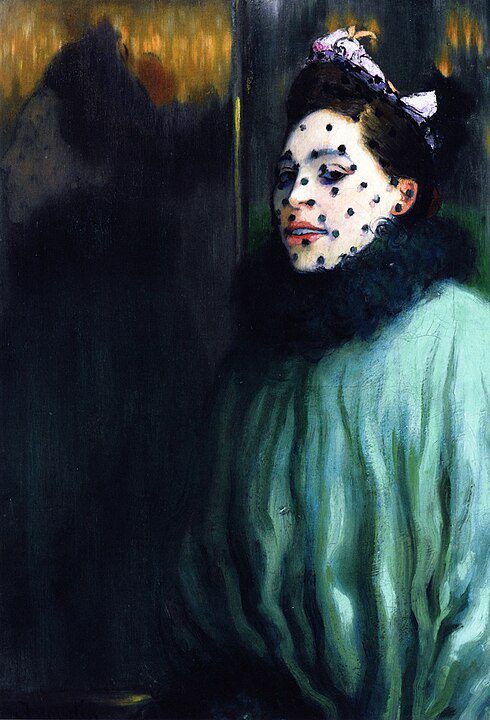
Anquetin began studying Renaissance and Baroque art in detail, seeking to master the technical aspects of their work. He was particularly drawn to the dramatic use of light and shadow, as well as the anatomical precision of their figures. This shift in focus was seen by many of his contemporaries as regressive, especially at a time when the art world was moving toward greater abstraction and experimentation.
Despite the criticism, Anquetin remained dedicated to his new path. He believed that the future of art lay not in the rejection of tradition, but in its careful study and application to modern forms. This change in direction alienated him from many of his former friends and colleagues, who viewed his return to classical techniques as out of step with the spirit of the times.
Decline and Marginalization
As Anquetin distanced himself from the modernist movement, his reputation in the art world began to wane. While artists like Toulouse-Lautrec and van Gogh were gaining widespread recognition, Anquetin found himself increasingly marginalized. His refusal to embrace the more radical elements of modernism, coupled with his interest in classical painting, left him somewhat out of sync with the direction in which art was heading.
By the late 1890s, Anquetin was no longer considered one of the leading figures in the Parisian art scene. He continued to paint and exhibit his work, but the critical and commercial success that had marked the earlier part of his career was no longer forthcoming. In many ways, Anquetin became a victim of his own eclecticism—his unwillingness to commit fully to one style or movement made it difficult for him to establish a clear artistic identity.
Despite this, Anquetin remained a respected figure in artistic circles. He continued to be admired for his technical skill and knowledge of art history, even if his work was no longer seen as innovative or cutting-edge. He also became known as a teacher and mentor, passing on his knowledge to a new generation of artists.
Later Life and Legacy
In his later years, Anquetin became something of a recluse. He withdrew from the public eye, focusing on his research into the techniques of the Old Masters and the history of art. He published several essays and articles on these subjects, which were well-received in academic circles, but his painting career never regained the momentum it had in the late 1880s.
Anquetin’s work from this period is characterized by a return to more conventional subject matter and techniques. His portraits, still lifes, and historical scenes, while beautifully executed, lacked the boldness and innovation of his earlier work. Nevertheless, they demonstrate his deep understanding of composition, light, and form, as well as his continued commitment to craftsmanship.
Louis Anquetin died on August 19, 1932, in Paris, largely forgotten by the public. In the years following his death, his work was overshadowed by the success of his contemporaries, many of whom had been influenced by his early experiments with color and form. However, in recent decades, there has been a renewed interest in Anquetin’s contributions to the development of modern art. Scholars and curators have begun to re-evaluate his role in the avant-garde movement, particularly his pioneering work in Cloisonnism.
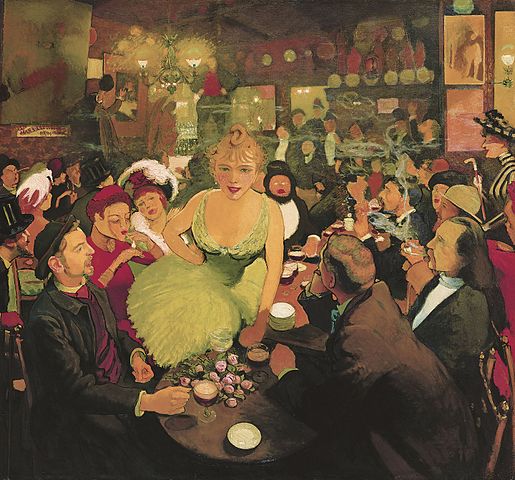
Today, Anquetin is recognized as an important figure in the history of modern art, even if his name is not as well-known as some of his contemporaries. His ability to straddle the line between tradition and innovation, as well as his intellectual curiosity and technical skill, make him a fascinating and often underappreciated artist. His work, particularly his early experiments with color and form, continues to inspire new generations of artists and art lovers.
Conclusion
Louis Anquetin’s life and career are a testament to the complex and often unpredictable nature of artistic success. While he was once considered one of the leading figures of the modern art movement, his refusal to fully embrace the avant-garde, coupled with his return to classical techniques, led to his marginalization. Nevertheless, his contributions to the development of Cloisonnism and his commitment to the study of art history have left a lasting legacy. Though he may not be as famous as van Gogh or Toulouse-Lautrec, Anquetin’s work remains an important part of the story of modern art, and his influence can still be felt today.



